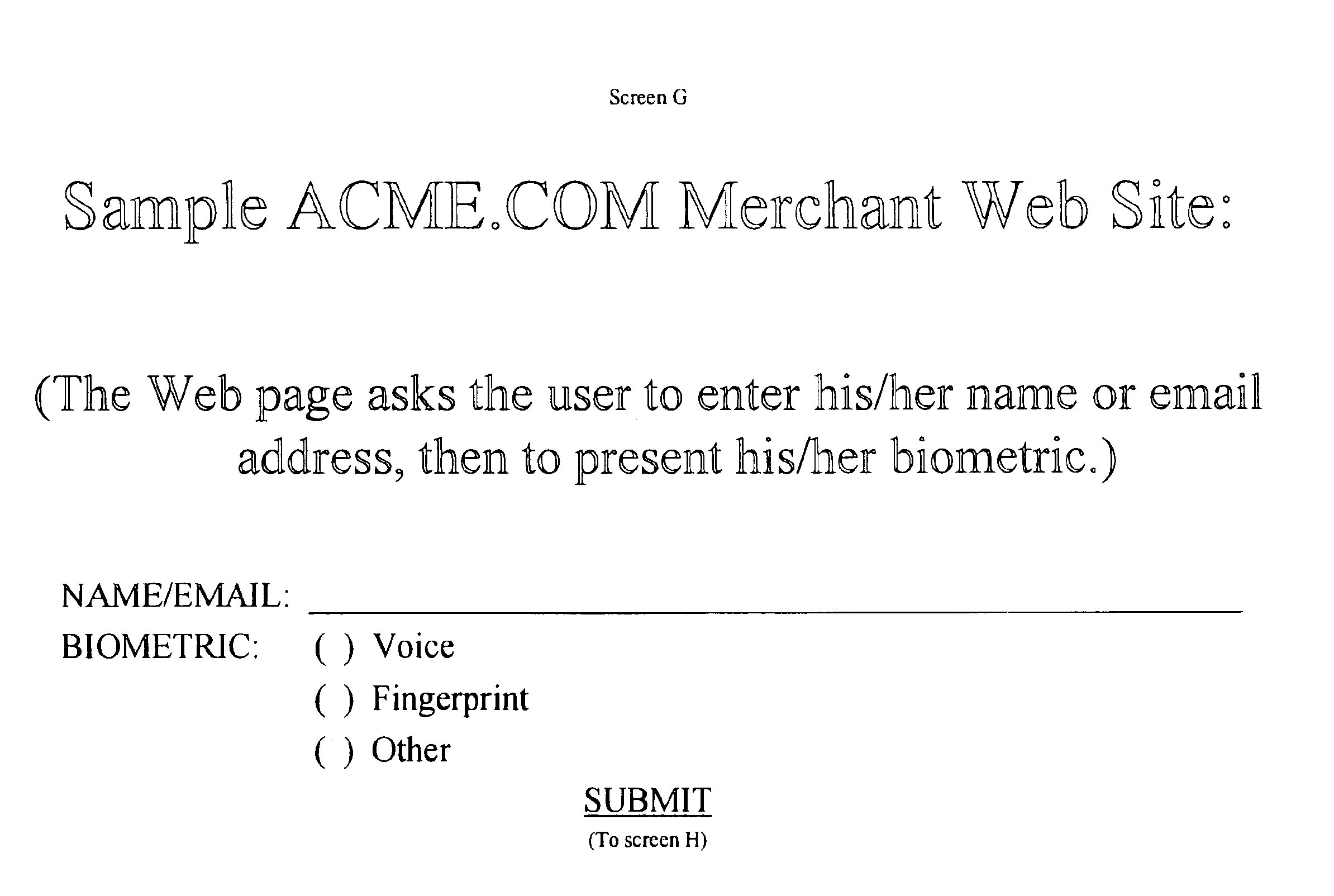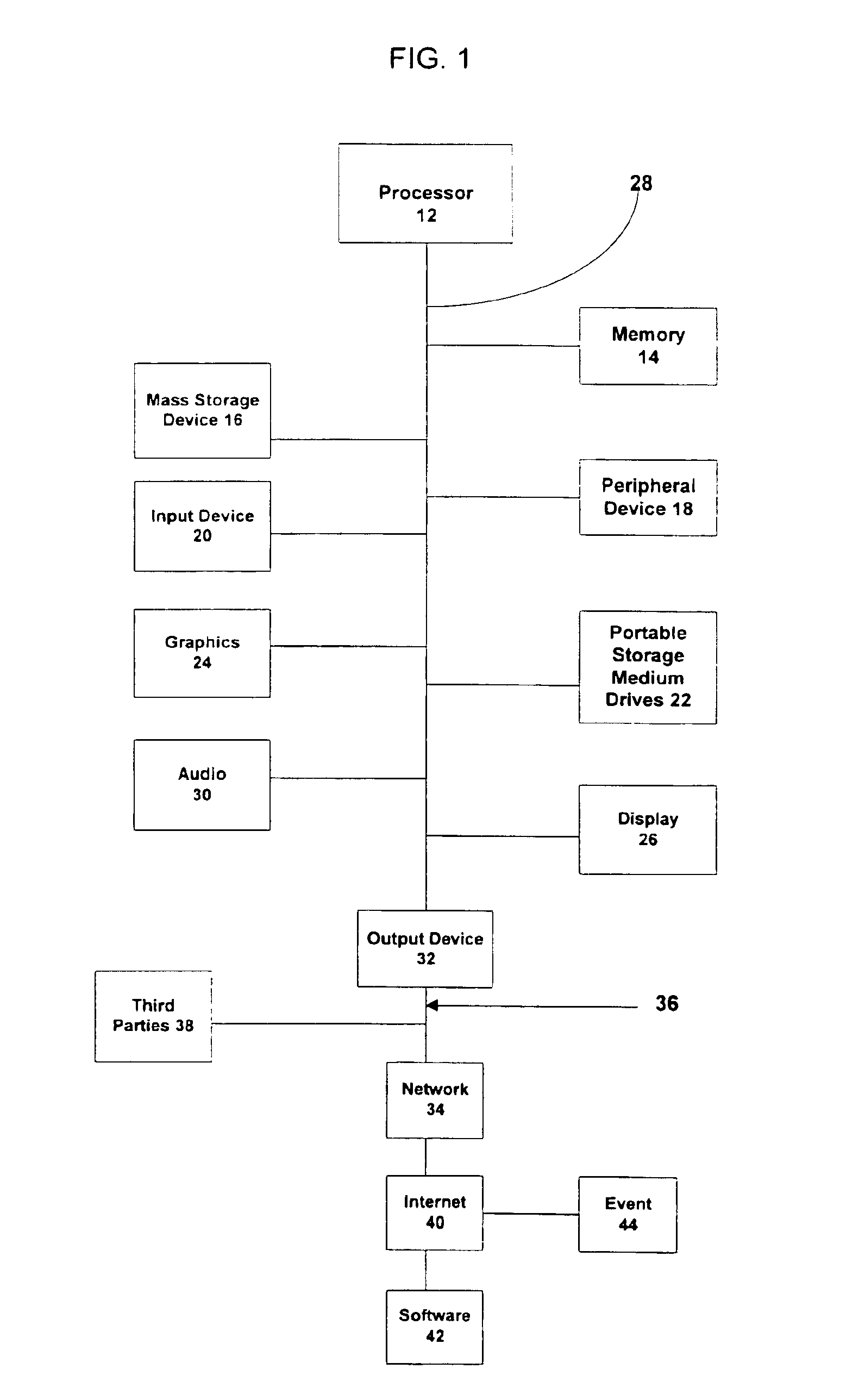System and method for verification of identity
a verification system and identity technology, applied in the field of system and method for verifying identity, can solve the problems of inability to ensure, inability to prevent identity fraud, and inability to implement various executable software protection schemes, and the prior art methods of computer and internet security, etc., to achieve the effect of preventing identity fraud, ensuring, and ensuring the security of e-commerce-related information and transactions
- Summary
- Abstract
- Description
- Claims
- Application Information
AI Technical Summary
Benefits of technology
Problems solved by technology
Method used
Image
Examples
Embodiment Construction
The principles and operation of the system and method of the present invention may be better understood with reference to the drawings and accompanying description. Fraud is epidemic and growing at five to ten times the rate of overall economic growth. This dramatic increase in growth can be largely attributed to the concomitant proliferation of digital systems and the naive use of “fraud detection” systems.
Scam artists are knowledgeable about the detection systems and use the detection system's own logic to defeat them. These systems took the seemingly easy route in design and are built upon the detection of “suspect” transactions. Knowing which transactions might be “suspect” is only a starting point—not an end in itself. The best measure of such systems (frequently expensive neural network systems) is their early success followed by massive increases in fraud. This is much like the growth of a bacteria that becomes resistant to antibiotics. The present invention differs dramatica...
PUM
 Login to View More
Login to View More Abstract
Description
Claims
Application Information
 Login to View More
Login to View More - R&D
- Intellectual Property
- Life Sciences
- Materials
- Tech Scout
- Unparalleled Data Quality
- Higher Quality Content
- 60% Fewer Hallucinations
Browse by: Latest US Patents, China's latest patents, Technical Efficacy Thesaurus, Application Domain, Technology Topic, Popular Technical Reports.
© 2025 PatSnap. All rights reserved.Legal|Privacy policy|Modern Slavery Act Transparency Statement|Sitemap|About US| Contact US: help@patsnap.com



